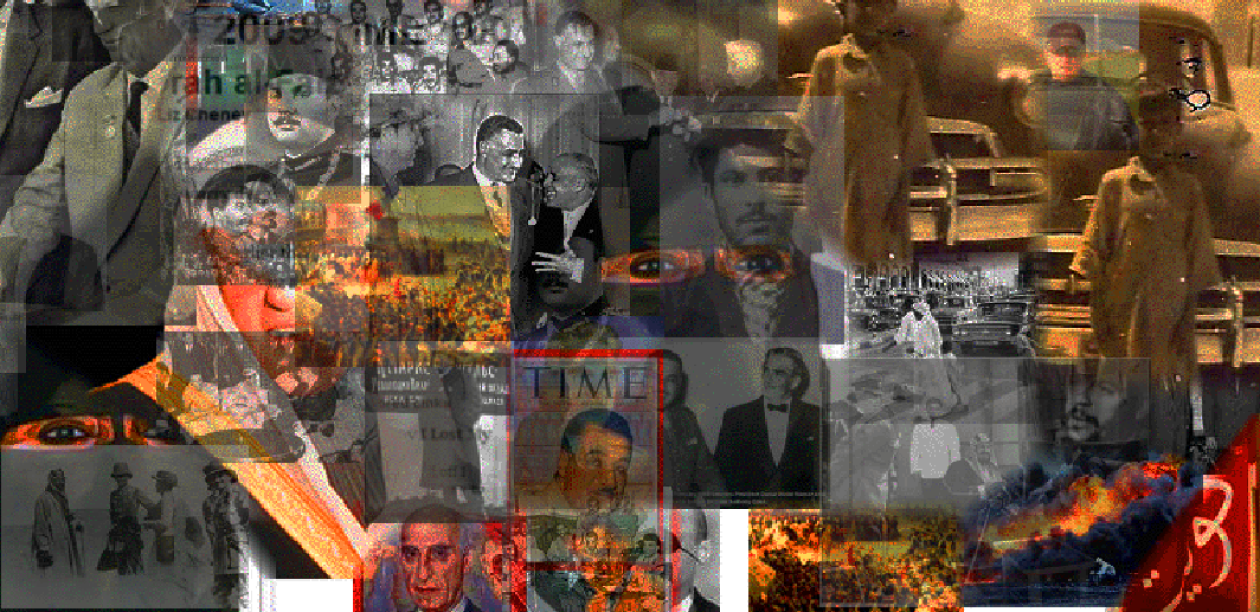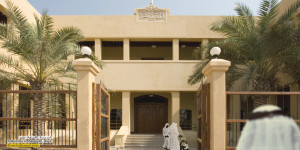On the anniversary of the Iranian Revolution of 1979, Iran’s Supreme Leader Ayatollah Ali Khamenei tweeted this:
” @khamenei_ir
Dear prideful nation of #Iran! The greatness of your gatherings today, which, according to precise calculations, was more populated and morepassionate than previous years, was a resolute response to the enemies and oath-breakers….”
“Relying on their distorted false perceptions of Iran and Iranians, the enemies had spent all their propaganda efforts on trying to turn this year’s revolution celebration frigid or probably anti-revolution. You’ve exhibited the livelihood & dynamism of the revolution in practice…..” Feb 11, 2018
This year’s anniversary of the last of the great popular revolutions of the twentieth century has been surrounded with interesting domestic developments. We know what happened with the other two revolutions, in Russia and China. In Russia they openly gave up on the ideology; in China they still pretend that the Communist system of Chairman Mao exists, but only as a means to legitimize one-party rule of a new oligarchy. In Iran, Ali Khamenei is trying to keep the flames of the old aging revolution alive. Did I leave out Cuba?
In a nation that is younger and wants more freedoms, more accountability, in an age of spreading social media and access to opinion. What to do?
Violent repression, for example Egyptian Sisi style, will not work anymore in Iran. During the recent protests a few weeks ago, many of the security forces were noticeably sympathetic to the protests. More subtle forms of protest continue. There will be more periodic protests; for years now people have been testing the limits of the freedoms allowed. And these limits have also expanded.
There has been gradual and incremental but unannounced openness by the regime, forced by the people. Giving in more publicly and at once will eventually open the floodgates to more encroachment of the feared global culture, and more demands for more openness and more freedoms.
What to do? Perhaps a Chinese solution? But the Chinese regime is now agnostic: politically Communist in the name of the one ruling party; economically and socially capitalistic and oligarchic to boot.
The Iranian ayatollahs pride themselves on some kind of “purity”, along the model of the old stubborn Soviet regime in the Brezhnev era, when all the revolutionary thrill was gone from the younger generation. But Iran is not a Soviet-style closed system: freedom of travel and emigration has never been curtailed. Social media thrive, as do international satellite television. Expatriate non-political Iranian exiles are freely allowed back into the country. All that has allowed a sort of safety valve but also created demands for more.
Rouhani is trying some short-term solutions. But that would only underline the need for a longer-term deal between the people and their government. The weak point is the position of the Supreme Leader. Chairman Mao is dead in China, but Ayatollah Khamenei is an unelected veto-holder. He is in a way selected by an elected assembly created to gate-keep access to power. But even so, he shares power with various other centers of power: the elected president of the republic (Rouhani), the elected and contentious parliament that takes its powers very seriously, other various senior clerics (more senior than Khamenei).
Then there is the ultimate theological marja’iya (last recourse in Shi’a theological matters) located in Najaf (Iraq). Najaf, where Ayatollah Ali Al Sistani is located, is like the Rome for Shi’a Muslims.
Ali Sistani does not support the idea of rule by the clergy, nor do many others, possibly most Shi’as. It is unlikely that this political ideology chasm between Najaf and Tehran/Qom will ever be closed on Tahran’s terms. If there is a closing, it will be Tehran and Qom moving closer to the Najaf school of thought in governing. A largely Islamic but diverse state with elected civilian non-clerical rule. That was the case in Iran under Mossadegh until August 1953, when his overthrow was engineered by Western intelligence agencies (CIA and British intelligence).
Iran has had at least one case of a Gorbachev in the past four decades. Khatami was paralysed by a conservative parliament, and the Supreme Leader. Rouhani may manage things better, but he has only a couple of years left of his presidency.
Meanwhile, the people, especially in the cities, will continue to chip away at the restrictions imposed by the clerics. The trend towards more openness will continue and accelerate; unless Donald Trump is talked by the hawks in the US Senate/Congress and by the Israeli likud and a couple of despotic Arab kings to start a new war. That will immediately lead to consolidation in Tehran. It happened before when Saddam Hussein’s Iraq started the eight-year war. He lost, but so did the people of Iran.
Oh, and forget about the regime change nonsense being peddled by frustrated hawks and chickenhawks in the USA. Remember: the 1953 Western intervention led to the current situation…….
Cheers
Mohammed Haider Ghuloum





